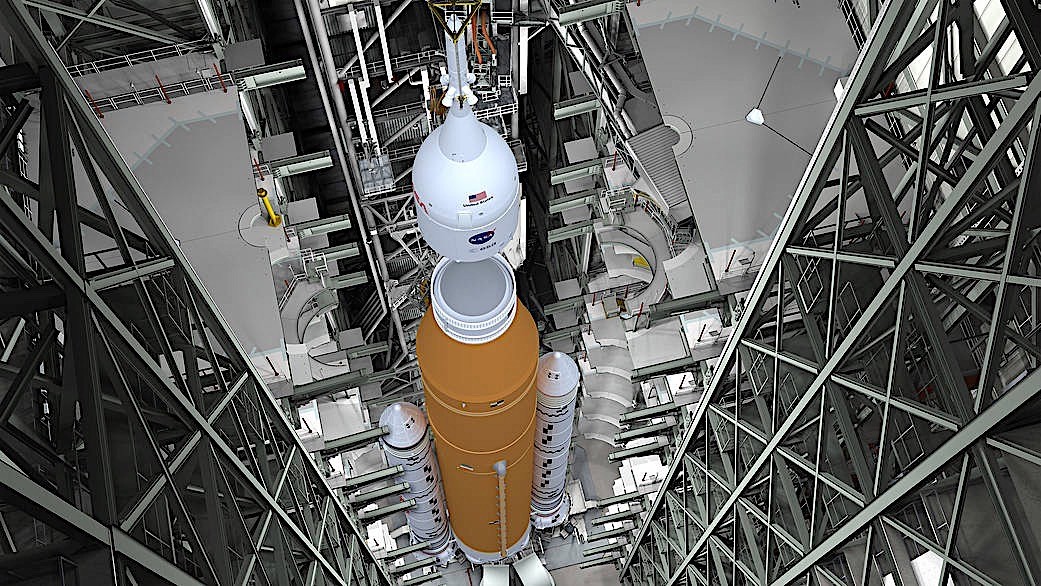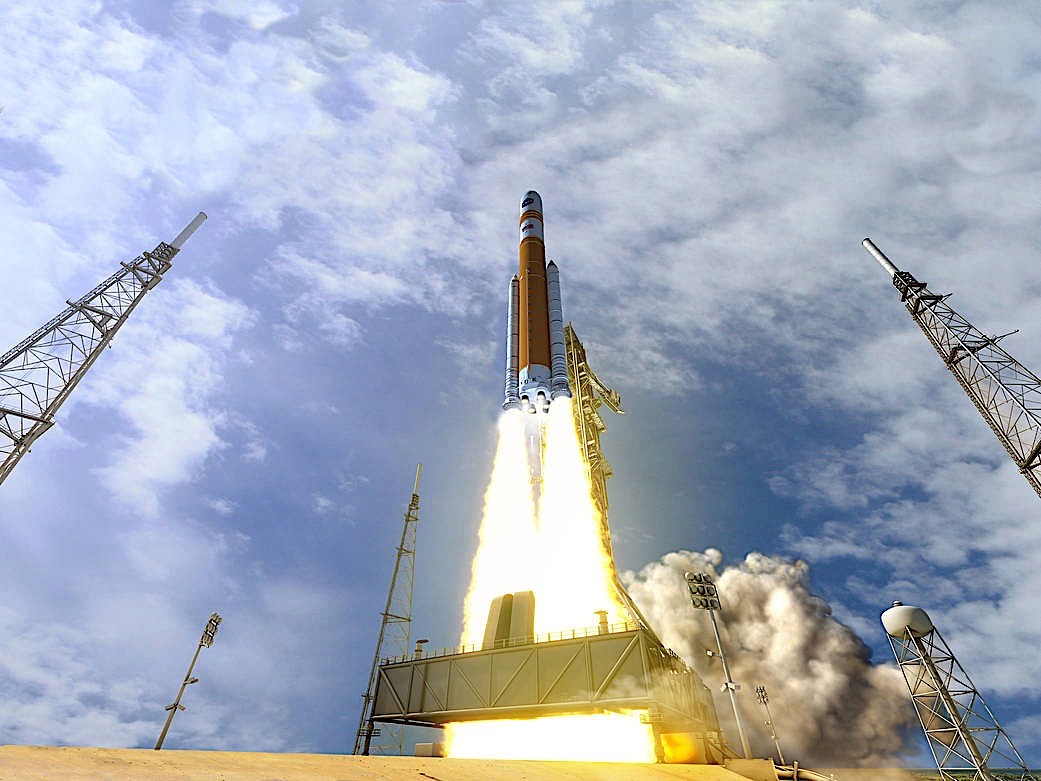In November 2022, NASA embarked on its second Moon exploration program by launching the Artemis I mission. Utilizing the new and powerful Space Launch System rocket and the Orion capsule, this mission served as a successful precursor to crewed flights.
The SLS, known as Block 1, propelled Orion around the Moon, demonstrating its capacity to carry significant cargo – 59,500 pounds (27 metric tons) – with a combined thrust of 8.8 million pounds.
As the Artemis program expands towards potential Mars exploration, NASA plans to enhance the SLS for future missions. The Block 1B variant, designated for flights four to nine, introduces key upgrades.

Notably, it features an exploration upper stage (EUS) with four engines, replacing the interim cryogenic propulsion stage (ICPS), enhancing thrust to 97,360 pounds. A more robust universal stage adapter increases payload capacity to 84,000 pounds for crew missions and up to 92,500 pounds for cargo variants.
The SLS Block 1B promises increased launch opportunities and plays a pivotal role in lunar colonization plans. Scheduled for its inaugural flight during Artemis IV in late 2028, preparations are already underway, marking an exciting step towards further space exploration.

